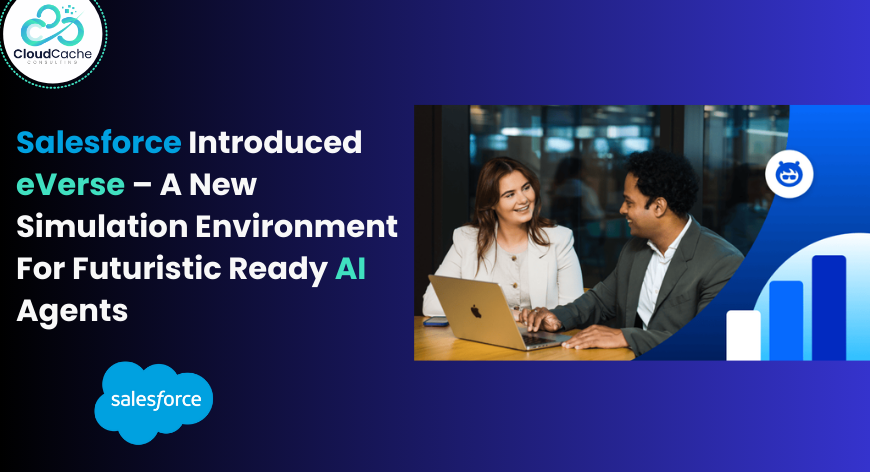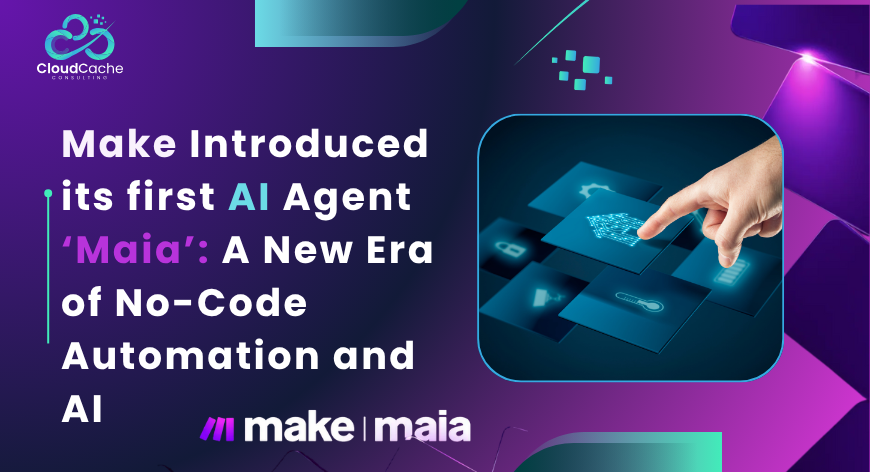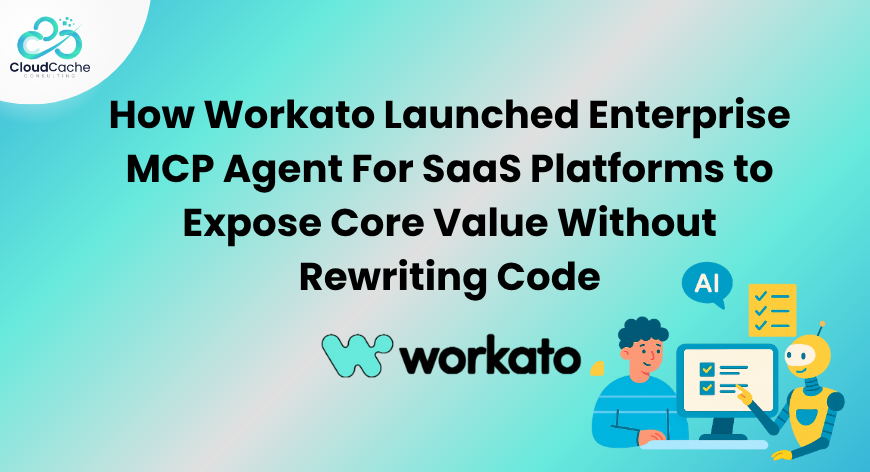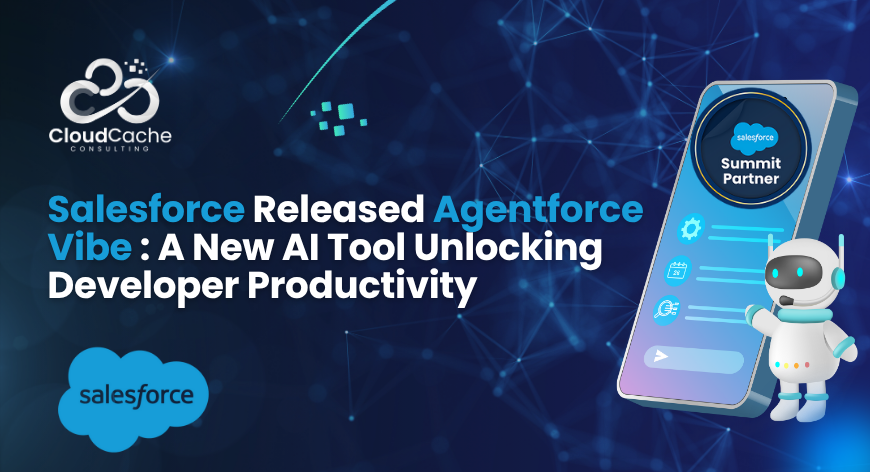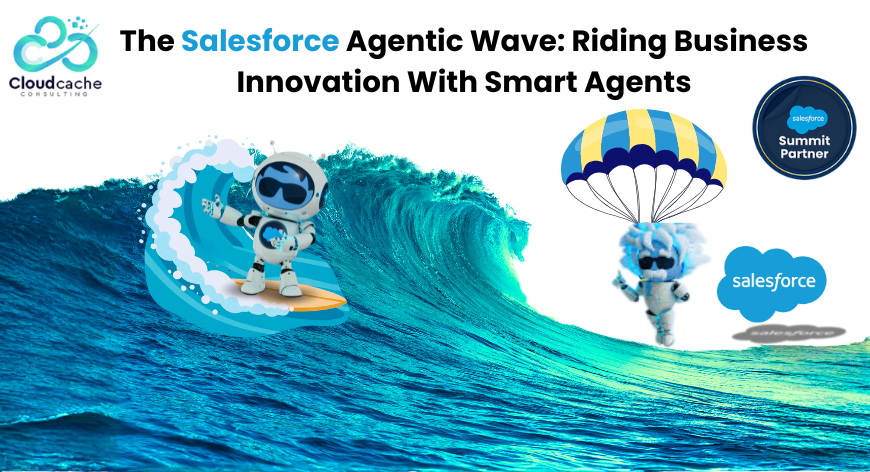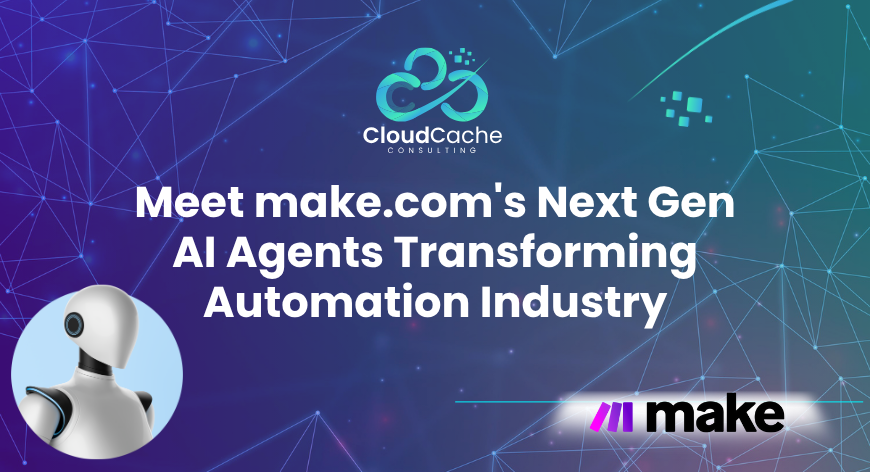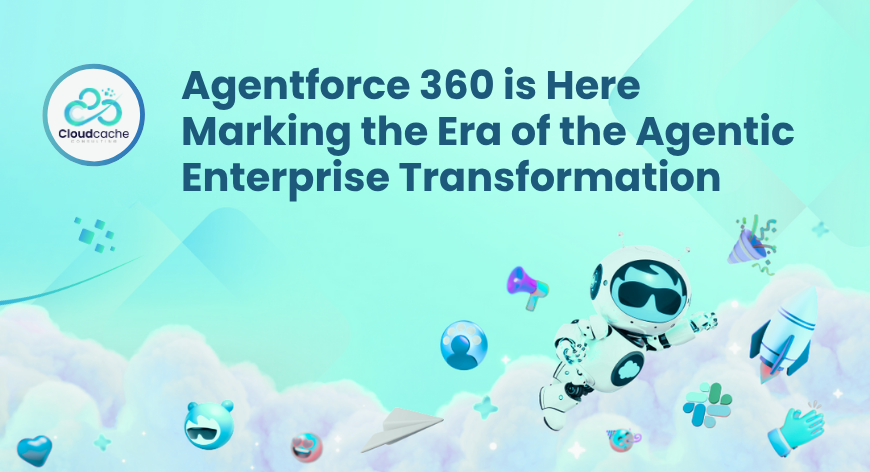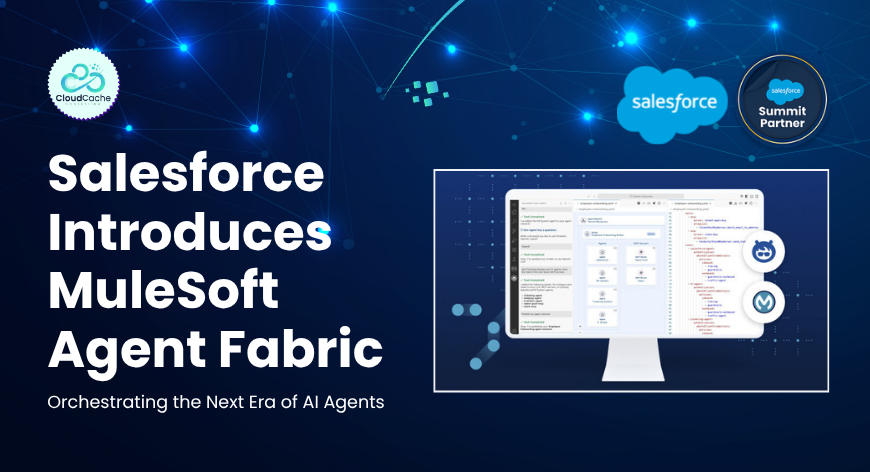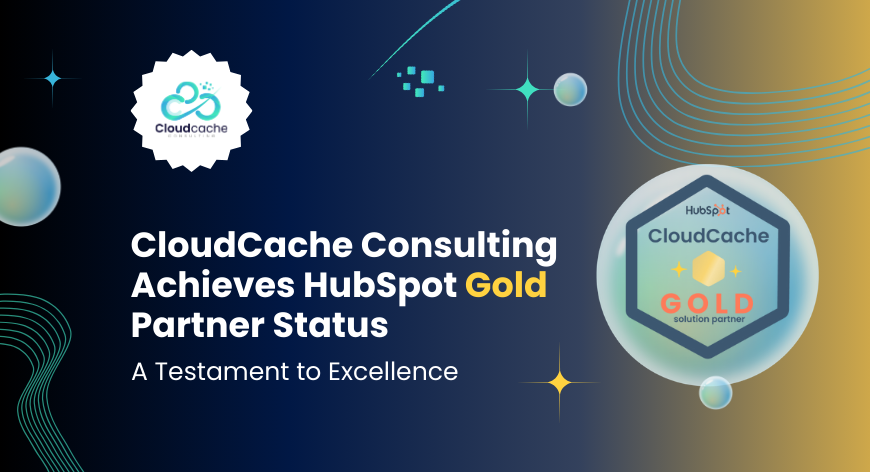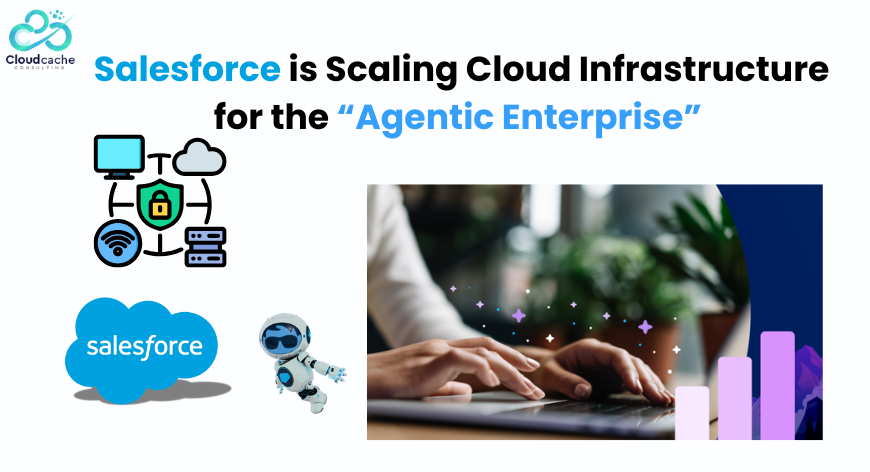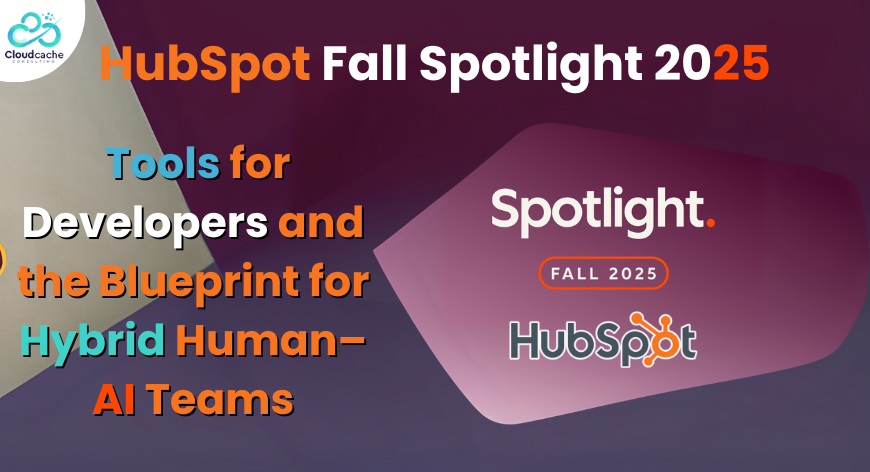
HubSpot Fall Spotlight 2025 : Tools for Developers and the Blueprint for Hybrid Human : AI Teams
HubSpot’s Fall 2025 Spotlight is a clear signal: businesses that pair people with AI will move faster. The event introduced a suite of products aimed at making hybrid human–AI teams practical for real companies.
This article breaks down what those announcements mean for developers and product teams. I’ll focus on three practical areas: data, people, and AI teammates — then cover the developer tools that make building and operating these systems easier.
HubSpot Fall Spotlight 2025
Connect your data
Hybrid teams need reliable context. It includes Data Studio for unified datasets and Data Quality tools that find and fix bad records automatically.
For developers, that matters in two ways. First, you spend less time building point-to-point syncs and debugging mismatched fields. Second, your services get a single truth to query, which simplifies logic for personalization, segmentation, and automation. In short: invest a little time to understand Data Hub’s schemas and clean up data pipelines early.
Enable your people — embed AI where work actually happens
HubSpot is pushing AI into the user experience across Marketing, Sales, Service, and Commerce Hubs. Sales teams get AI meeting prep, transcript analysis for deal risks, and an AI-assisted meetings tool. These features reduce busywork and let experts focus on strategy.
For developers, that means more integration points and event-driven hooks. Think of the platform as a place where your UI components, background jobs, and AI models must play together. Build with clear APIs, respect context propagation, and make sure logs carry enough metadata to trace data from the CRM to the AI responses.
Build your AI team
From a developer perspective, agents are mini apps. Treat them like first-class services: version them, give them safe fallbacks, and test their behavior on edge cases. The marketplace and studio add an operational layer — you can ship an agent, but you’ll also need monitoring, rate limits, and a plan for data privacy and consent.
What developers get — observability, prototyping, and workflow improvements
HubSpot paired product launches with developer-facing upgrades. The new developer MCP server lets MCP-enabled agents build, upload, migrate, and update project-based apps from chat-like prompts through the HubSpot CLI. These are practical features that reduce friction between idea and shipping.
Concretely:
- Use Sentry/Honeycomb to correlate AI calls with user-facing errors.
- Use the MCP server to automate repetitive CI/CD tasks.
- These steps cut iteration time and improve developer confidence.
How to approach building hybrid systems — three short practices
- Start with data contracts: Define the fields your agents will read and write. Enforce them early.
- Design for explainability: Log inputs and outputs of every AI call and keep human-readable reasons for major actions.
- Ship small, monitor fast: Release a single agent feature, measure outcomes, then expand.
Risks and guardrails developers must plan for
AI in production brings new failure modes. Model hallucinations, degraded data quality, and privacy slip-ups are real risks. Protect users by adding human-in-the-loop checkpoints where decisions matter. Add observability to capture when agents give low-confidence answers.
Final words
For developers, the value comes from pairing those platform features with solid engineering practices: strong data hygiene, clear APIs, observability, and cautious rollout strategies. When you combine those practices with Breeze Agents and the new data capabilities, you get systems that amplify human skills rather than replace them.
If you’re evaluating a migration or building integrations on top of HubSpot’s new features, plan for data first, then agents, then UX.
CloudCache Consulting provides HubSpot Consulting Services to businesses that want to move faster and safely adopt these hybrid patterns.
